Safe of hazardous waste and hazardous handling materials is a critical responsibility across industries—from manufacturing and warehousing to pharmaceuticals and food production. Improper practices can result in serious injuries, contamination, fires, or regulatory violations.
In this article, we’ll outline methods for safely hazardous handling materials and waste in line with industry standards and operational best practices. These insights are modeled on guidance such as that from with a focus on the tools and systems that enhance both safety and efficiency.
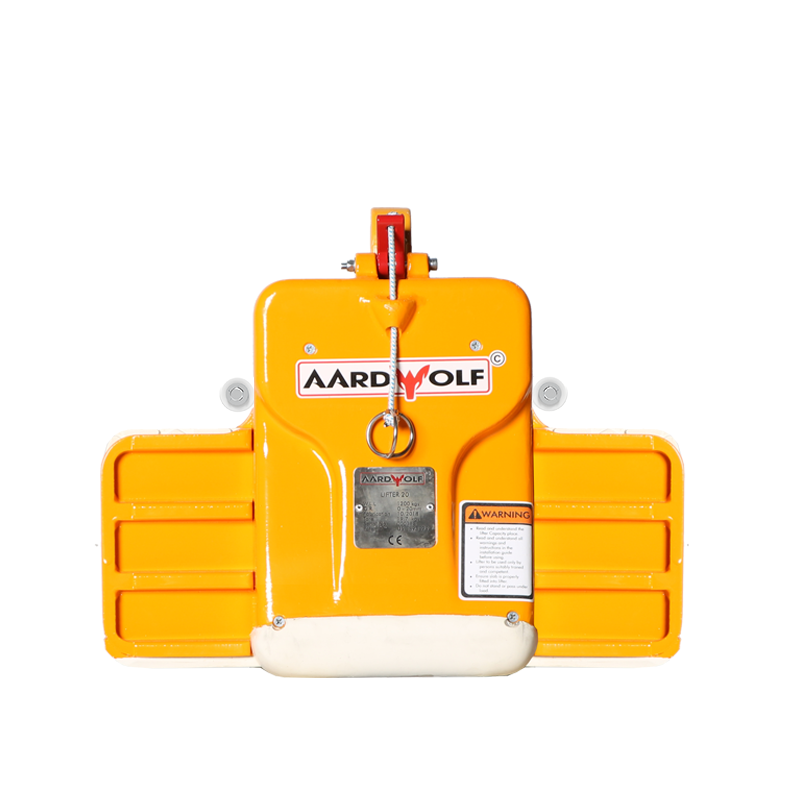
Table of Contents
ToggleUnderstanding Hazardous Waste in Material Handling
Hazardous materials include chemicals, flammable liquids, biological agents, or radioactive components that can pose health and environmental risks. Whether it’s through spillage during transport or mishandling in storage, the consequences of exposure can be severe.
To prevent accidents, organizations rely on specialized material handling equipment and training programs tailored for high-risk environments.
👉 What Is Material Handling? Types, Equipment, Functions, Safety, and Warehouse Optimization
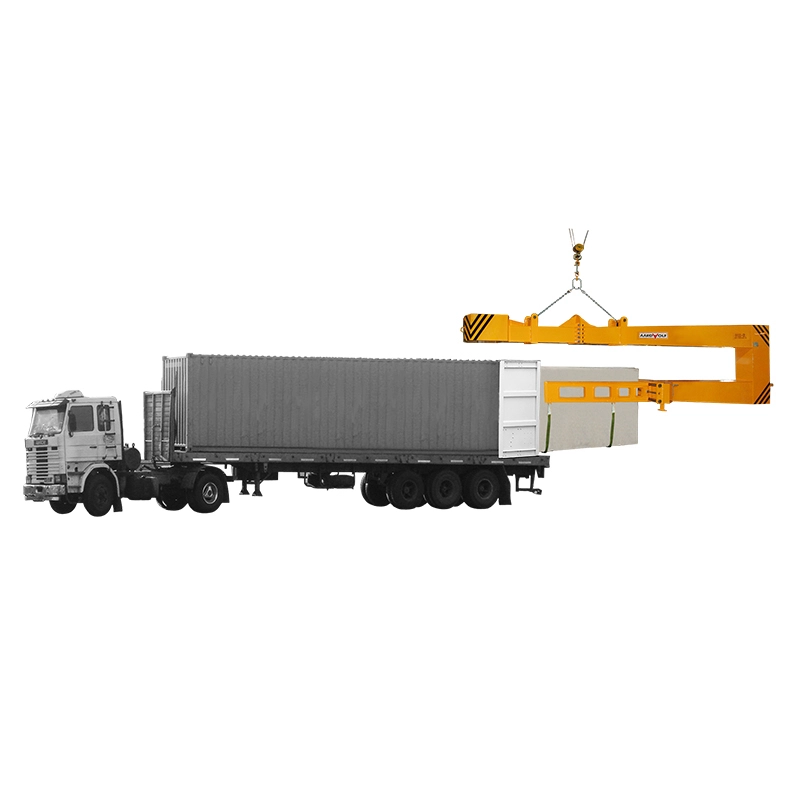
Key Safety Methods for Handling Hazardous Waste and Materials
1. Use Proper Material Handling Equipment
When dealing with hazardous substances, relying on standard carts or generic tools isn’t sufficient. You must employ specialized industrial material handling solutions such as:
- Sealed material handling carts and trolleys
- Vacuum lifters for leak-free, contactless transfer (Vacuum Lifters)
- Enclosed conveyors for material handling
- Jib cranes for overhead lifting in contained environments (Jib Cranes)
- Spill containment pallets for storage
Check out various types here:
👉 Material Handling Equipment
2. Follow Hazardous Waste Classification and Labeling
One of the most basic yet essential practices is accurate labeling and segregation of hazardous waste. Every container should include:
- Material name and hazard symbols
- Date of collection
- Relevant SDS (Safety Data Sheet) information
- Emergency contact
Pharmaceutical material handling systems and material handling in the food industry demand strict adherence to these labeling standards to prevent cross-contamination.
3. Train Personnel on Safety Standards
Effective handling of hazardous materials requires trained professionals who are well-versed in:
- PPE usage
- Emergency response procedures
- Spill containment and neutralization
- Handling manual material handling tools vs. automated material handling systems
Explore labor impact:
👉 How Does Material Handling Impact the Human Labor Force?
4. Use Appropriate Personal Protective Equipment (PPE)
No one should interact with hazardous materials without the right PPE. This includes:
- Chemical-resistant gloves and goggles
- Respirators and face shields
- Full-body suits or aprons
- Steel-toe boots in material handling for construction or warehouses
💡 Tip: Always avoid unsafe attire
👉 Loose Clothing Is Best to Wear When Handling Material?
5. Store Hazardous Waste Properly
Storage is just as critical as transport. Best practices include:
- Use of corrosion-resistant, leak-proof containers
- Secure locations with limited access
- Use of bulk material handling systems designed for hazardous goods
- Climate and ventilation control in sensitive storage areas
In high-volume environments, warehouse material handling equipment should integrate secure enclosures or automated pathways to limit manual handling.
6. Automate When Possible
One of the safest methods for handling hazardous material is minimizing human contact altogether.
Automated material handling systems:
- Reduce spillage risk
- Improve traceability
- Enable sealed and enclosed transfer
- Lower labor exposure to dangerous substances
They also offer improved ROI through better throughput and reduced accident downtime. This automation is particularly helpful in material handling in logistics and heavy-duty material handling solutions.
7. Establish Clear Waste Disposal Protocols
Your hazardous waste disposal must meet local and international regulations, which include:
- Designated disposal points
- Third-party hazardous waste handlers
- Documented disposal logs
- Spill response kits near disposal zones
Low-cost material handling solutions for small businesses may include prepackaged waste handling kits and scalable disposal systems.
8. Regular Equipment Inspections and Maintenance
Your forklifts for material handling, cranes and hoists, and other devices used in hazardous areas must be:
- Routinely inspected
- Cleaned and sterilized (where applicable)
- Maintained with proper logs
- Upgraded if signs of wear affect containment
Buying used material handling equipment for sale is viable only when it’s certified for safety and equipped for hazardous environments.
9. Emergency Preparedness and Spill Control
Every facility handling hazardous waste must have:
- Spill containment kits and eyewash stations
- Ventilation hoods and chemical neutralizers
- Emergency signage and escape maps
- Real-time alert systems
Training simulations are a core part of material handling training programs, building employee readiness and reducing panic in real incidents.
Tools That Support Safe Hazardous Material Handling
Below are some specialized tools and systems used across industries:
- ✅ Paver Lifter for external environments with minimal spillage (View Product)
- ✅ Aardwolf Slab Lifters – engineered for large panels or slabs in secure storage
- ✅ Vacuum Lifting Systems for fragile, chemical-coated materials
Conclusion: Safety Is Non-Negotiable
Handling hazardous materials is a process that requires rigorous attention to detail, specialized equipment, trained personnel, and ongoing audits. From manual material handling tools in small operations to full automated material handling systems in pharmaceuticals, implementing safety-first practices is the only way to mitigate risks.
Investing in advanced material handling equipment from trusted material handling system suppliers and following material handling safety standards will secure your operations against legal, financial, and environmental damage.
Explore how to pick the right gear:
👉 Material Handling Equipment

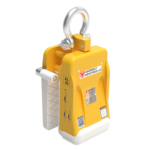
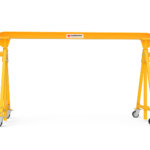
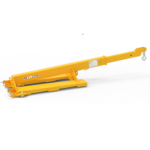

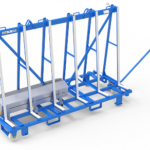
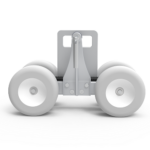
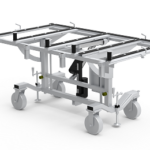
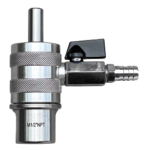
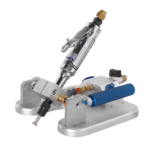
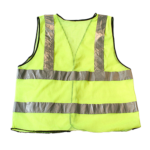

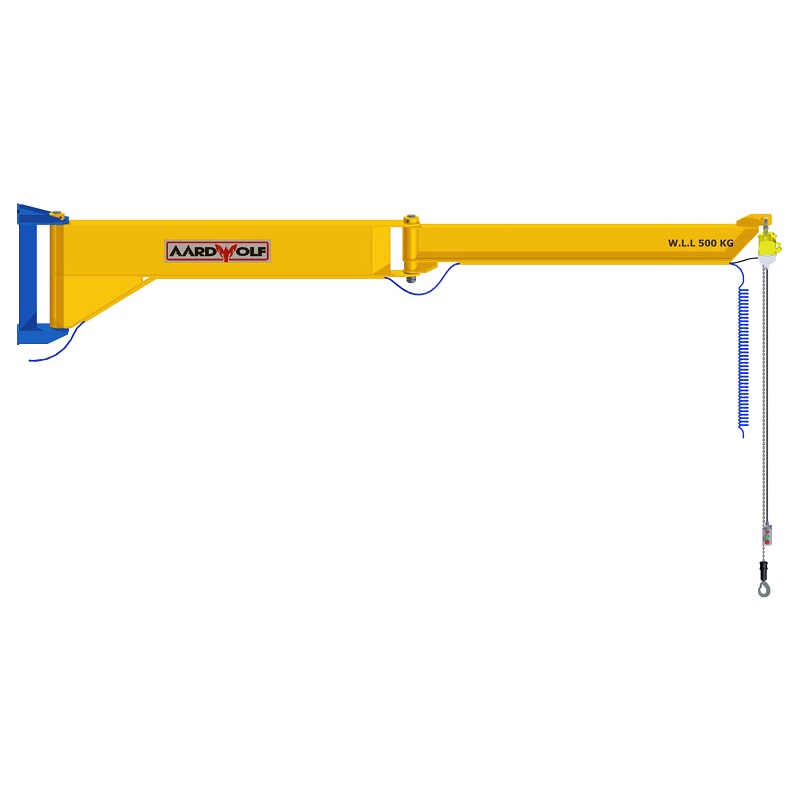
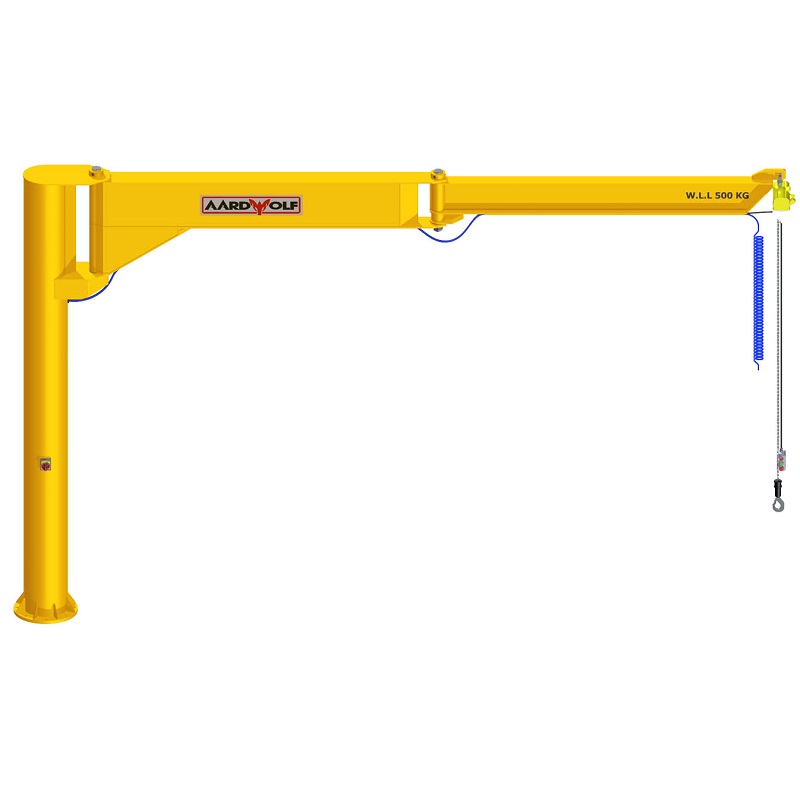
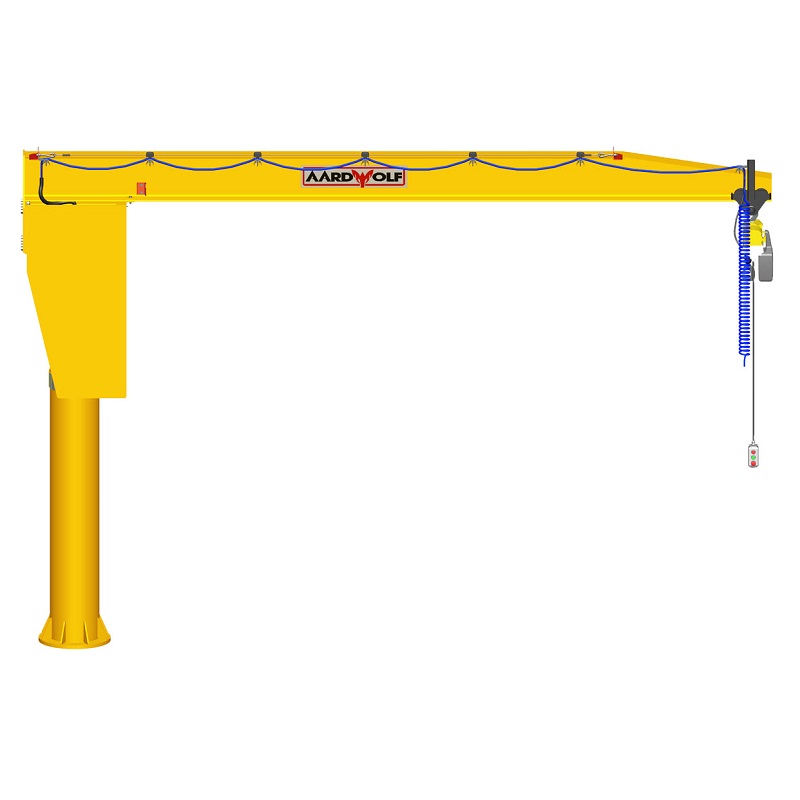


Please log in to leave a comment.